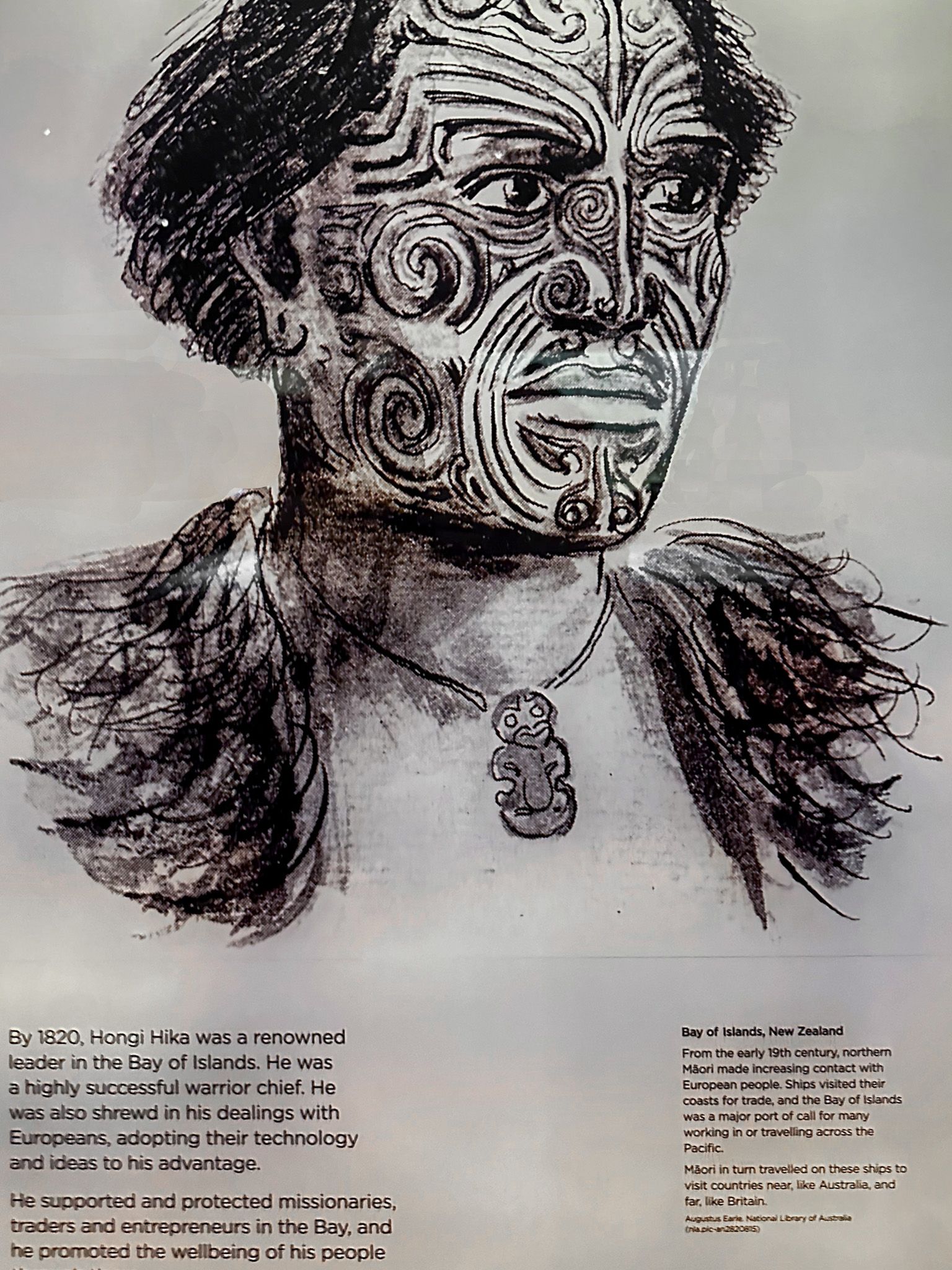There are two Waitangi museums, Te Kōngahu and Te Rau Aroha. The first section of Te Kōngahu focuses on Māori and European discovery of NZ and the interactions that led to the Declaration of Independence, He Whakaputanga in 1835 and the Treaty of Waitangi / Tiriti o Waitangi in 1840. This includes the differences between the Māori and English versions. You will find an excellent summary of the events and versions here.
Although the original copy of Te Tiriti was agreed upon and signed at Waitangi, multiple copies, mainly the Māori language version, were circulated and signed throughout NZ. The largest signing was at Mangungu Mission House on the Hokianga Harbour in February 1840. Most copies are held at Te Kōngahu, although the tattered original is displayed at He Tohu in the National Library in Wellington, along with He Whakaputanga and part of the 1893 Women’s Suffrage petition to Parliament.
As with the original physical document, the government treated recognition of Te Tiriti shoddily by the early 1860s. This started to change in the 1970s, and treaty settlements have been ongoing for several decades. The final exhibition is a moving series of individual modern-day Kiwi’s views of Te Tiriti and what it means, both for and against.
Te Kōngahu is immediately behind the Waitangi Visitor Centre.
Te Rau Aroha / The Museum of the Price of Citizenship is stunning. On the surface, it is a beautiful memorial to Māori who fought for NZ. But it focuses on how many Māori, during WW1 and especially WW2, viewed voluntary participation as “the price of citizenship”. It perfectly captures the sense of post-Te Tiriti dispossession and the desire to recover mana and rights. At the end of WW2, a bitter-sweet aftermath occurred when the highly regarded Māori battalion returned to NZ to a hero’s welcome. However, it still took another generation to accept that Treaty issues must be resolved.
Te Rau Aroha is a term of respect for those who embody courage and service to their fellow citizens. It was also the name of a mobile canteen truck that travelled with the NZ Division during WW2. The museum is in the Treaty Grounds, immediately south of the Treaty House.
















